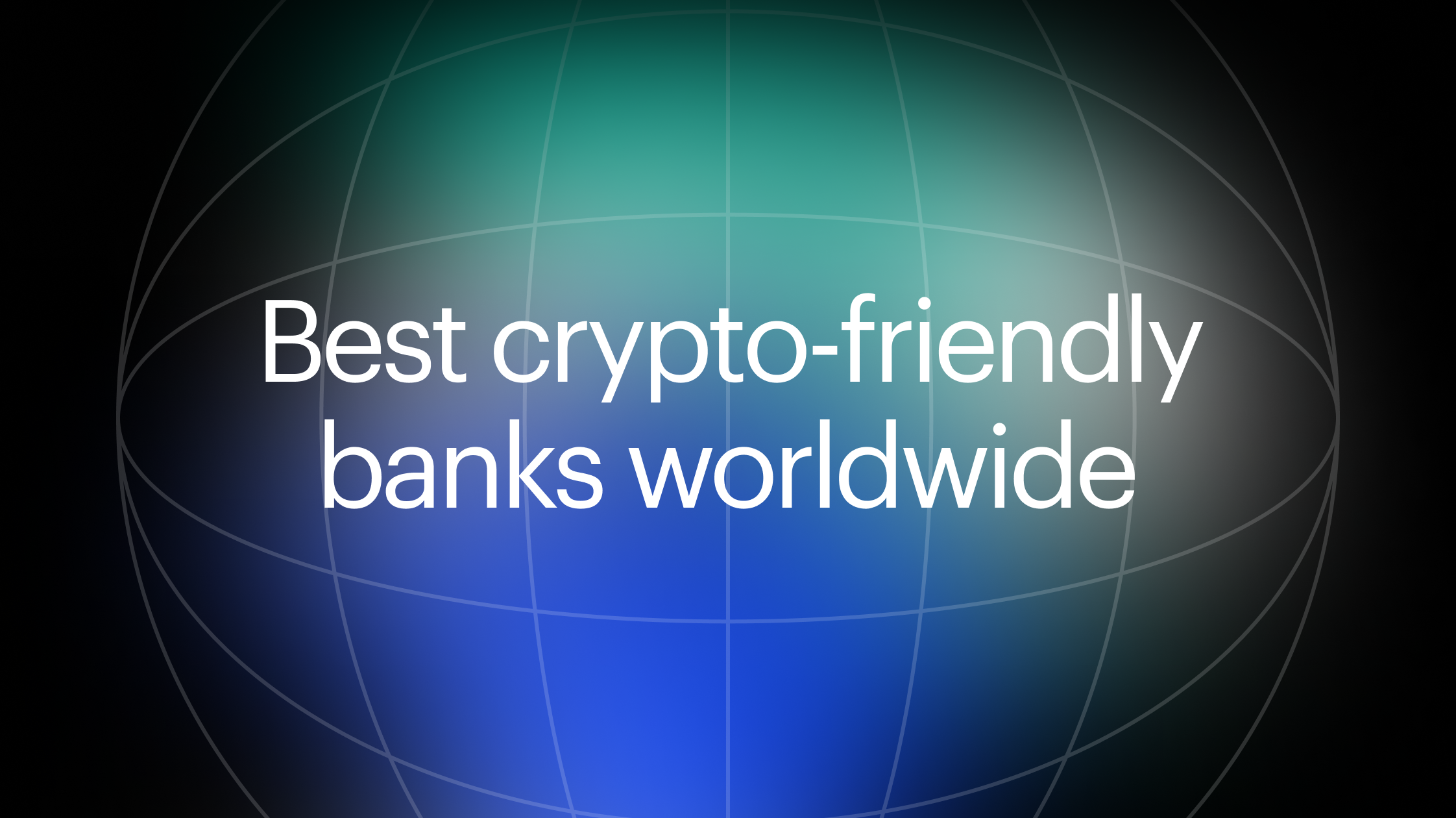Stablecoins have crossed the institutional chasm. On Finery Markets, stablecoin-related trades now account for roughly three-quarters of OTC spot transactions, with USD-pegged tokens increasingly used for hedging, settlement and liquidity management. But liquidity is the hinge: when redemption, secondary markets, or reserves wobble, the peg and market confidence can crack.
This overview maps the liquidity risks associated with stablecoins, the emerging regulatory framework in the US and EU, and a practical playbook for financial institutions to manage counterparty and credit risk, market liquidity, and operational risks across venues and chains.
Why institutions care about liquidity now
In H1 2025, stablecoins’ share of OTC spot trades on Finery Markets surged to 74.6%, up from 46.3% in 2024 and 23% in 2023. USDC volumes rose 29X year-over-year, and stablecoin flows posted +121% YoY growth, the only digital-asset sub-class with back-to-back triple-digit expansion. The use case is clear: compress settlement cycles, improve capital efficiency, and operate 24/7 without touching bank rails after hours.
Unlike traditional payment systems, on-chain cash moves 24/7, across jurisdictions and time zones. That’s why treasurers, brokers, market makers, and payment providers increasingly prefer tokenized dollars for inter-venue transfers, cross-venue hedging, and T+0 cash mobility, especially where cross border payments are slow or costly. Still, the gains depend on deep, resilient market liquidity across centralized and DeFi venues, plus robust redemption pipelines to fiat currency.
How stablecoins work (and where liquidity sits)
Most institutional flows concentrate in backed stablecoins, fiat-collateralized tokens where the stablecoin issuer mints against reserve assets (cash at insured depository institutions, overnight repos, treasury bills, and other very short-dated government securities) and redeems one-for-one into fiat currency. That mint–burn loop anchors par; secondary markets (order books, RFQs, AMM pools) provide day-to-day tradability. The composition and governance of reserve management, the quality of liquid assets, and the legal rights of stablecoin holders determine how the peg behaves through shocks.
Types of stablecoins
-
Fiat-collateralized: backed by cash, bank deposits, and short-dated government securities; redemption via the issuer and its custodians.
-
Crypto-collateralized: over-collateralized with volatile crypto assets; stabilization via smart contracts and liquidation engines.
-
Algorithmic stablecoins: peg stability relies on algorithmic incentives; history shows elevated failure relative to backed models.
Liquidity risks associated to stablecoins
Stablecoin liquidity risks cluster in various layers:
-
Liquidity risk: Redemptions overwhelm liquid assets; queues form; spreads widen, pricing slips from par.
-
Counterparty risk: Issuer, trustee, custodian, market maker, OTC desk, or venue failure impairs flows; counterparty and credit risk must be governed jointly.
-
Credit risk: Exposure to custodians and investment counterparties (e.g., in MMFs) can impair NAV and redemption capacity; credit risk must be monitored along with counterparty risk.
-
Interest rate risk: Reserve portfolios concentrated in short-dated government securities can face mark-to-market pressure if liquidated under stress.
-
Settlement risk: Breakage between on-chain finality and off-chain fiat settlement.
-
Operational risks: Outages at chains, oracles, custodians, or KYC/AML providers; key management failures.
-
Smart contract vulnerabilities: Bugs in mint/burn logic, wrappers, bridges, or AMM pools; governance exploits in decentralized collateral.
-
Regulatory scrutiny: Abrupt delistings or rule changes fragment market liquidity and create transactions involving complex travel-rule data.
What the data and market structure tell us
Finery Markets’ H1 2025 review shows stablecoin adoption accelerating across professional flows but concentrated in USD stablecoins and a handful of issuers. Secondary-market depth matters: it can buffer localized depegs by routing flow to alternative pools and venues. History has shown that confidence crises are an inevitable part of financial markets. As the number of stablecoin issuers and networks grows, a robust secondary liquidity network acts as a first-line shock absorber.
Reserve assets: what’s really backing par?
For fiat-backed tokens, the first defense is the reserve: cash at insured depository institutions, overnight repos, and very short-dated treasury bills and government securities. After 2022, leading issuers reduced or eliminated commercial paper exposure, shifting to higher-quality liquid assets to reinforce par and market confidence. Tether publicly reported reducing commercial paper to zero, replacing it with T-Bills.
Two practical questions matter for every stablecoin issuer and treasury team: (i) Can the issuer meet large redemptions without fire-selling reserves into stressed financial markets? (ii) Do redemption terms privilege a subset of large financial institutions at the expense of retail flows under differing regulatory frameworks?
Banking system interactions and systemic risks
As tokens scale, they may re-intermediate parts of the deposit stack: corporates moving stablecoin balances overnight can drain bank deposits at the margin, affecting credit creation. Some deposit-token models (tokenized deposits) can pay interest and sit on bank balance sheets, potentially even eligible for deposit insurance, blurring lines with payment stablecoins and reducing systemic risk versus third-party tokens. J.P. Morgan’s deposit-token work highlights the direction of travel.
Global authorities are focused on financial stability. The President's Working Group (PWG) flagged core risks and recommended that payment stablecoins be issued by insured depository institutions to mitigate runs and systemic risks. The International Monetary Fund, central banks, and the BIS warn that wide stablecoin adoption could weaken monetary policy, impair monetary policy transmission, and challenge monetary sovereignty if private US dollar-linked tokens dominate everyday payments outside the US.
Where regulation is heading
The GENIUS Act in the US
The Guiding and Establishing National Innovation for U.S. Stablecoins Act, the GENIUS Act, seeks a federal regulatory framework for payment of stablecoins, clarifying licensing, redemption rights, reserve composition, and supervision for stablecoin issuers. The bill advanced out of the Senate Banking Committee in 2025, with competing staff analyses proposing changes on supervisory scope and consumer protection; debate continues on state–federal coordination.
The PWG’s earlier stance, that issuers of payment stablecoins should be limited to insured depository institutions, remains a reference point for US rule-making and for traditional financial institutions evaluating counterparty exposure.
Why this matters: A federal track reduces fragmentation and improves legal certainty for stablecoin regulation, especially for insolvency waterfalls, disclosures, and eligible reserve assets, while still allowing national innovation and establishing national innovation priorities around US-dollar rails.
MiCA, Central Banks and the EU lens
In Europe, MiCA is live for e-money tokens, with supervisors probing edge cases like “multi-issuance” models, identical tokens minted inside and outside the EU, and how far EU protections travel for stablecoin holders. The European Commission has examined the depth of the EU safety net for investors, while central banks emphasize the risks associated with dollar-linked tokens for sovereignty and policy control. Expect tighter guardrails on caps, reserve composition (high-quality reserve assets), and disclosures as the regulatory landscape settles.
Secondary markets as shock absorbers
Depegs rarely have a single cause; they reflect intertwined risks associated with liquidity mismatches, operational breakdowns, or corporate missteps. In a fragmented, multi-chain world, the same ticker can reference different wrappers, bridges, or issuers. Finery Markets’ analysis highlights why cross-venue depth, standardized symbols, and robust routing are essential: secondary markets can buffer local stress by refilling bids elsewhere, provided custody and compliance plumbing can move quickly under market stress.
Compliance and controls (AML/CFT)
Tokens don’t exempt you from AML/CFT duties. FATF’s 2024–2025 updates focus on money laundering and terrorist financing, travel-rule data, and controls for transactions involving mixers and high-risk jurisdictions. Compliance outages are an operational risk, and a first-order liquidity risk when venues or banks restrict flows. Build sanctions/KYT pre-trade checks into your routing logic; keep playbooks for exchange delistings and chain reorgs.
Common failures that could lead to liquidity risks
-
Redemption frictions: caps, gates, or delays widen spreads and trigger flight to quality.
-
Reserve opacity: stale reports, undisclosed custodians, or complex vehicles magnify counterparty risks.
-
Smart contract vulnerabilities and bridges: bugs in wrappers or AMMs impair liquidity and cause wrong-way flows.
-
Regulatory shocks: delistings after rule changes, fragment pairs and market liquidity.
-
FX corridors: limited fiat off-ramps in some regions create pockets of illiquidity, especially for non-USD tokens.
Stablecoin liquidity playbook
-
Governance & policy: Define appetite for liquidity risks, counterparty risk, credit risk, and technology risks; align with board-level oversight and the comprehensive framework emerging in law.
-
Issuer due diligence: Assess capitalization, reserve assets mix, custodians, audit cadence, legal opinions, and whether issuers are insured depository institutions (where applicable). Prefer transparent holdings in high quality assets over yield-chasing.
-
Portfolio construction: Diversify by issuer, chain, and asset type; map correlations. Keep a portion in ultra-liquid USD tokens; hold regional e-money tokens where local settlement and policy goals matter.
-
Execution venues: Maintain access to multiple OTC counterparties and ECNs (order book + RFQ) to preserve market liquidity during outages; document best-execution logic.
-
Stress testing: Simulate redemption days, exchange delistings, halted redemptions, or chain outages. Include interest rate risk shocks to reserves and scenario tests for systemic risks.
-
Operations & custody: Segregate hot/warm/cold storage; enforce role-based controls; rehearse key-compromise and incident-response playbooks, cybersecurity risk is liquidity-relevant.
-
Compliance fabric: Pre-trade KYT and sanctions filters; robust record-keeping for stablecoin users; playbooks for regulatory scrutiny events.
-
Accounting & tax: Confirm recognition and impairment policies for tokens as a digital asset; align with auditor guidance for digital assets held as treasury instruments.
How Finery Markets helps institutions
At Finery Markets, we address the “missing link” in the stablecoin infrastructure stack: direct access to institutional liquidity networks. By connecting issuers, liquidity providers, and trading venues, we help turn stablecoins from isolated tokens into fully integrated instruments within global markets, driving TVL growth and adoption.
Key advantages for institutions and issuers:
-
Direct access, no listing delays: Add your stablecoin and instantly create cross-rates instruments without waiting for exchange approvals.
-
No capital requirements: Optimize working capital and avoid listing constraints; create a market for your stablecoin at reduced cost.
-
Network of partners: Access 140+ liquidity takers with on/off-ramp capabilities, supported by 15 institutional LPs and 20 fiat currencies.
-
API-first integration: Our infrastructure is purpose-built for stablecoins: any asset-to-stablecoin pair can be onboarded in 24 hours.
-
Multiple trading mechanisms: Choose between order book, RFQ, and quote streams to maximize liquidity and execution quality.
-
Multi-chain capabilities: Benefit from instant, automated settlements across chains.
Beyond liquidity, Finery Markets empowers institutions to enhance financial stability with stablecoins:
-
Create markets without costly listing processes or capital requirements.
-
Match global demand for stable currencies in regions with limited USD access.
-
Reduce reliance on expensive banking infrastructure and mitigate settlement delays.
By combining deep institutional connectivity with flexible trading infrastructure, Finery Markets provides the foundation to unlock stablecoin adoption at scale.
The bottom line
Stablecoins have graduated from crypto plumbing to institutional rails, but their promise rests on robust liquidity at issuance, in secondary markets, and across the operational stack.
The GENIUS Act and MiCA are pushing toward a clearer comprehensive framework, yet policy debates will continue as central banks balance financial innovation with safeguards.
For traditional financial institutions, the mandate is clear: treat tokens as you would any cash-like digital asset, with disciplined governance, audited reserves, diversified venues, and rehearsed playbooks. That’s how you turn innovative rails into resilient rails.
FAQ
What are the risks associated with stablecoin?
Concentration in a few stablecoin issuers, reserve opacity, smart contract exploits, and fragmented venues, each can impair redemption and tradability.
What are the liquidity risks of stablecoins?
In short: primary redemption bottlenecks, thin books during stress, and plumbing failures (custody/chain/compliance) that block flows, especially during market stress.
What are the three types of liquidity risk?
(i) Collateral risk (meeting outflows), (ii) market-liquidity risk (price impact), and (iii) contingency/operational frictions during stress.
What liquidity concerns may you face when staking stablecoins?
Lock-ups reduce immediacy; validator or protocol smart contracts add attack surface; yields can reintroduce credit risk and counterparty risks. Treat staking as an investment decision with due diligence, not “free carry.”
























